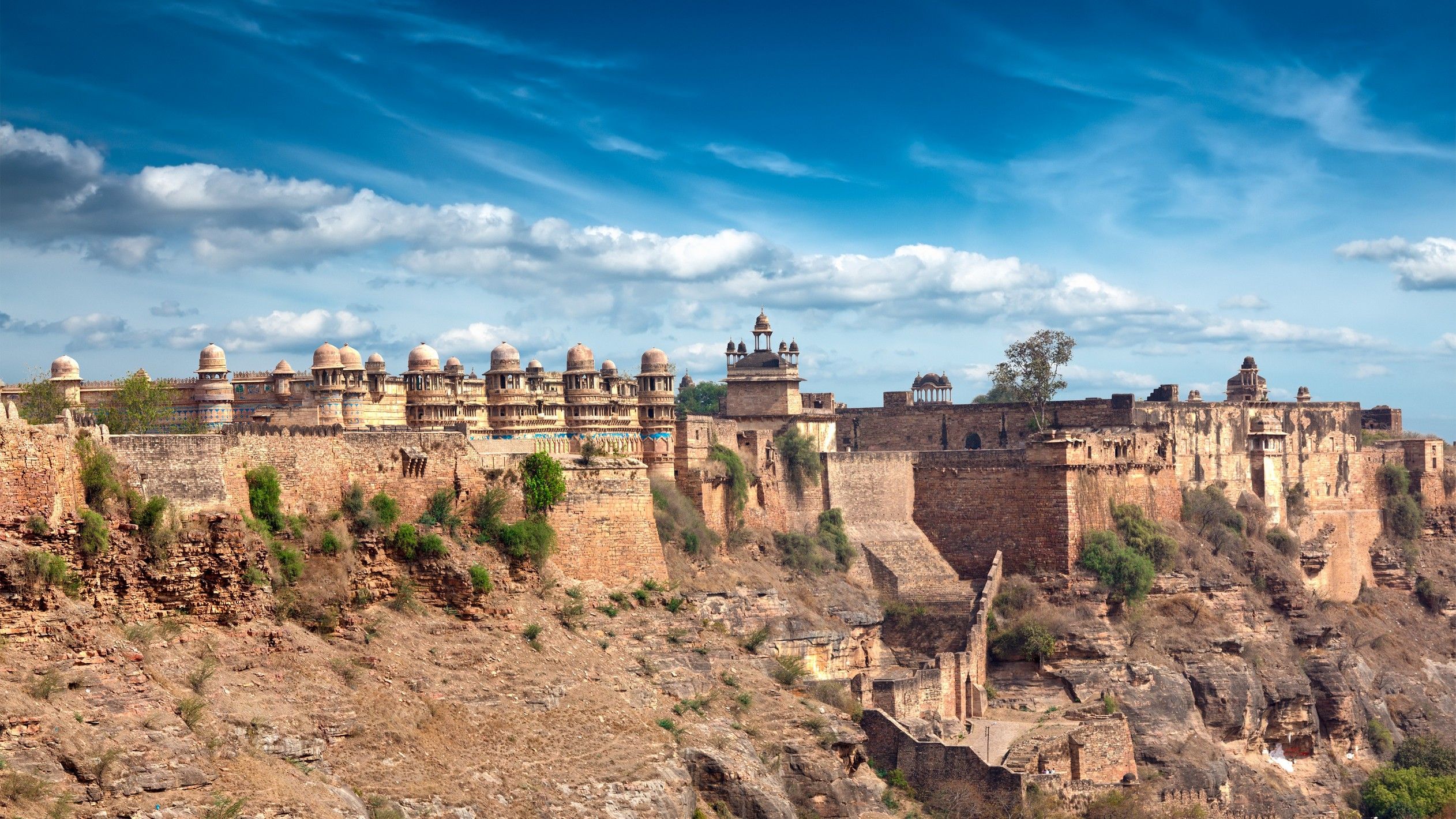BLOG 11: Bhopal City & ANDRITZ Hydro
Veröffentlicht: 09.03.2024
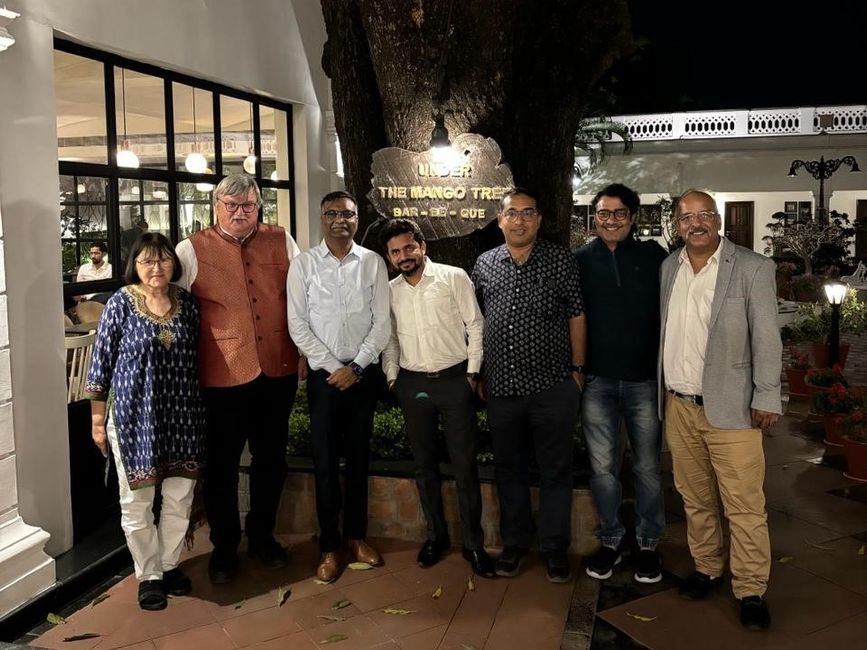
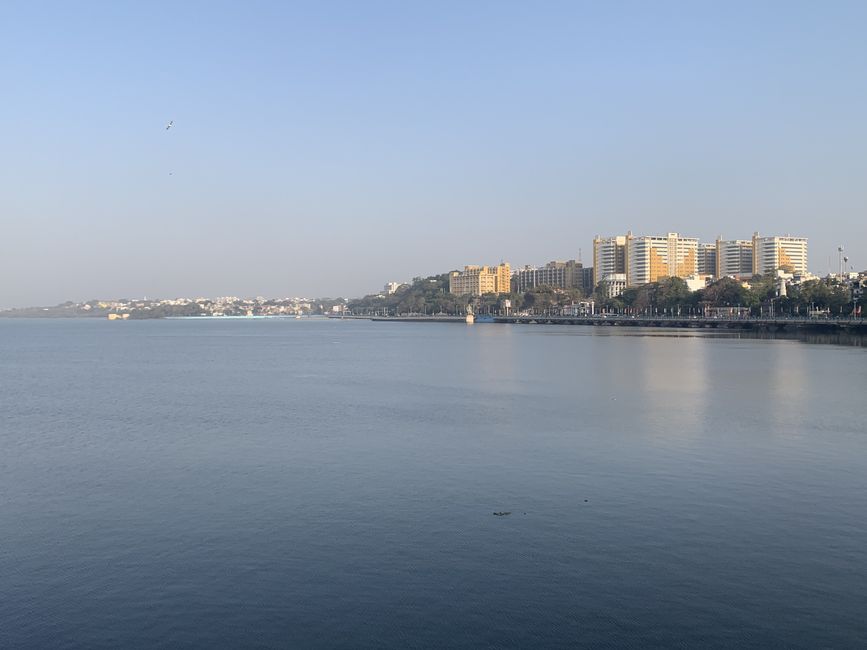
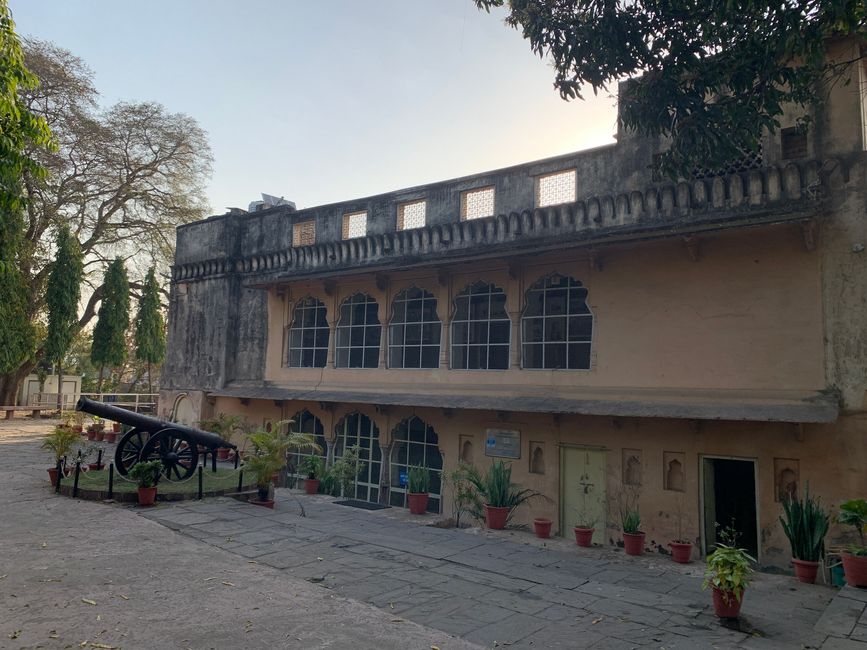
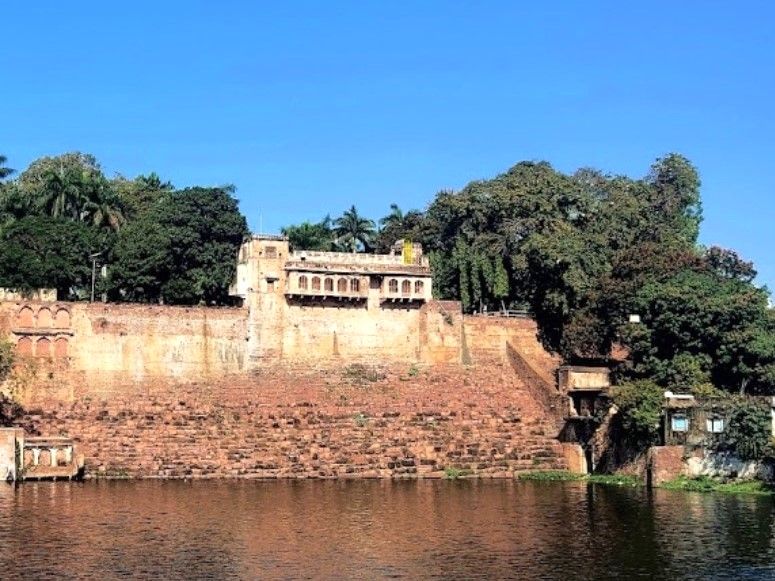
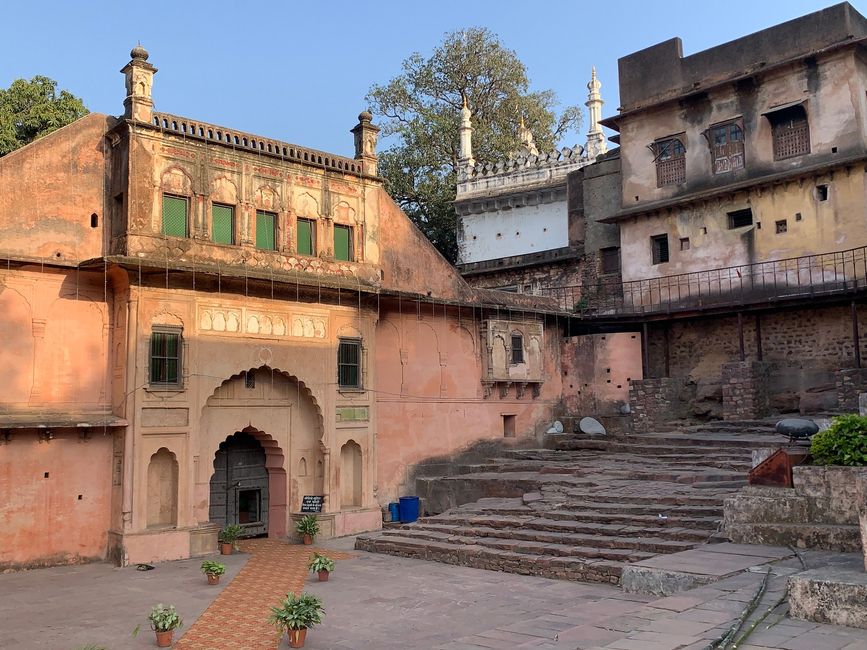

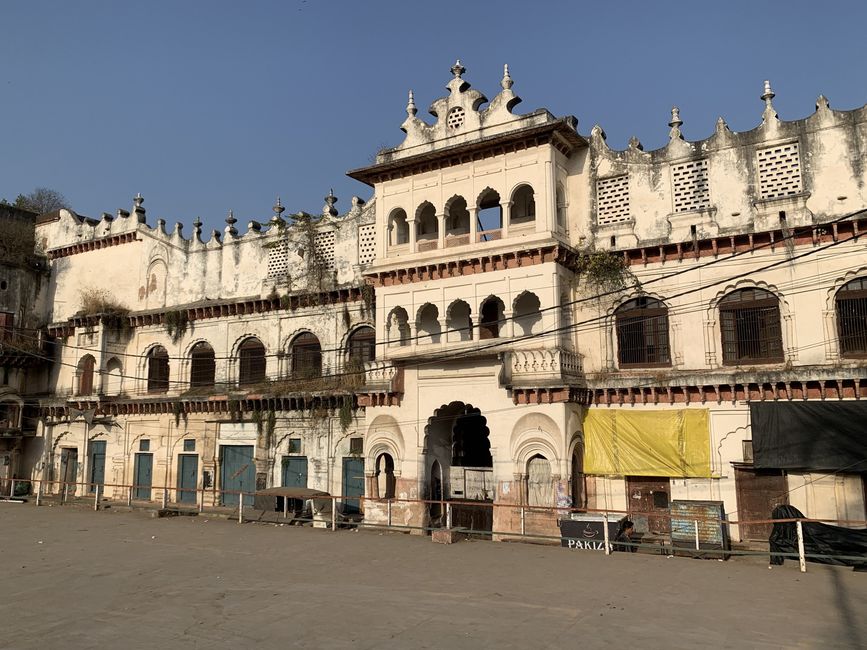
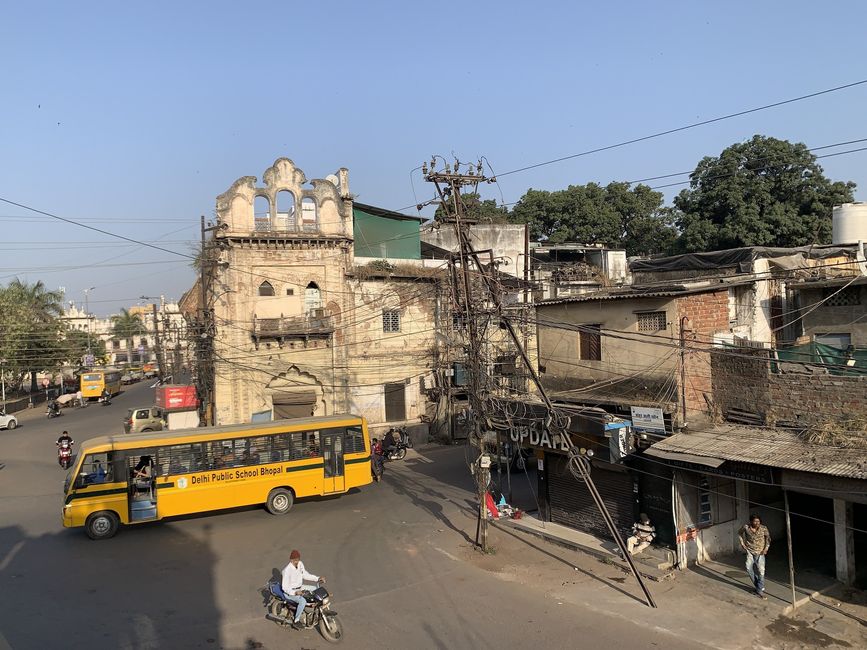
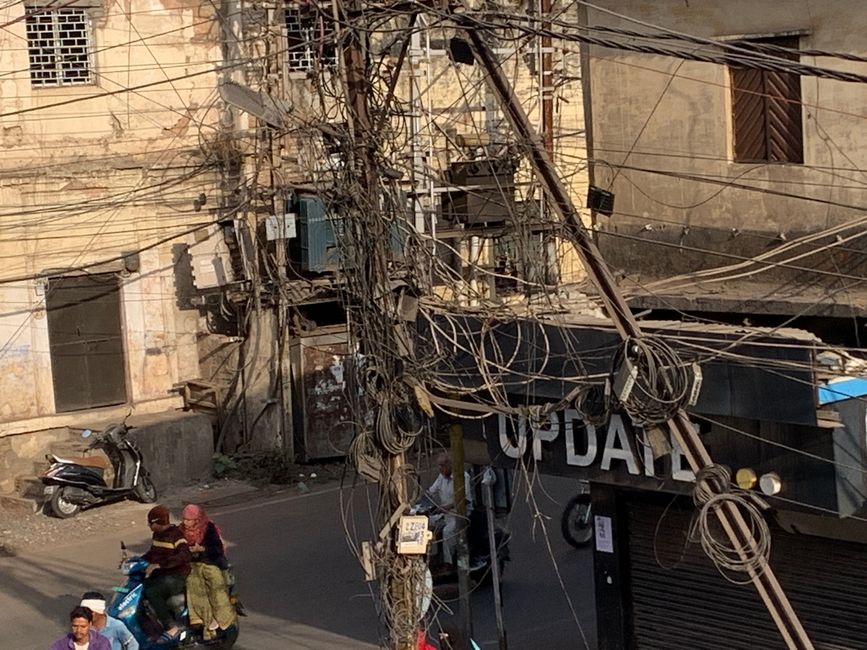
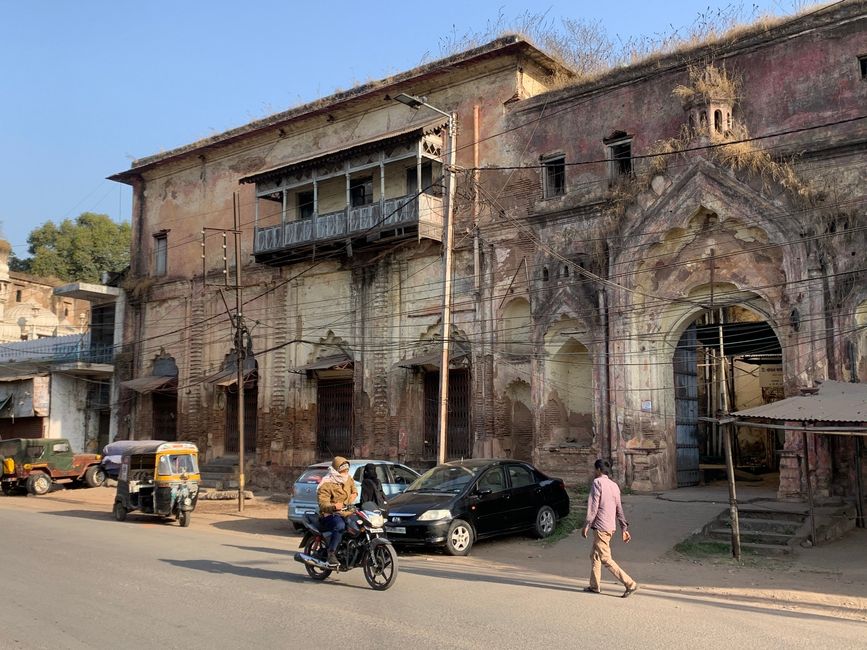
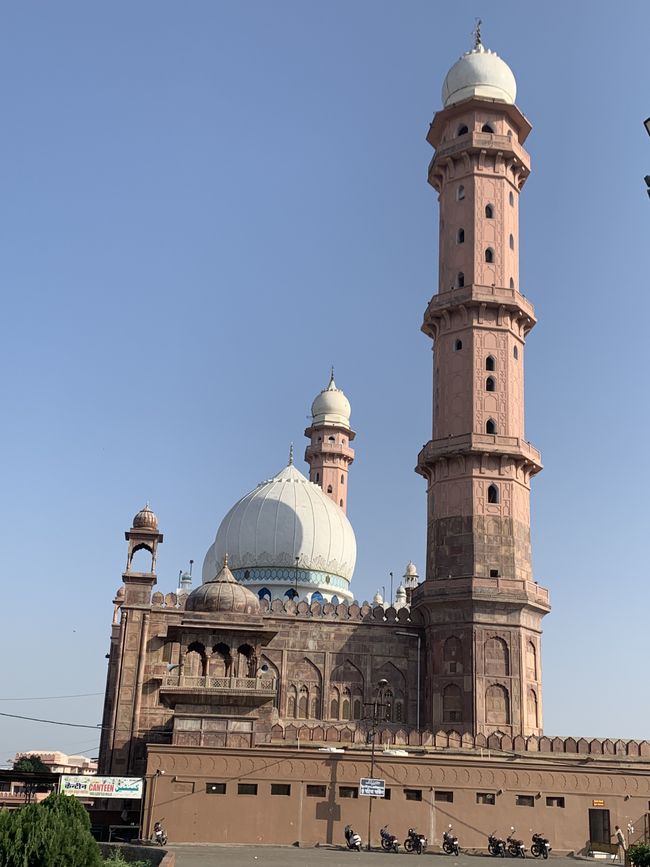
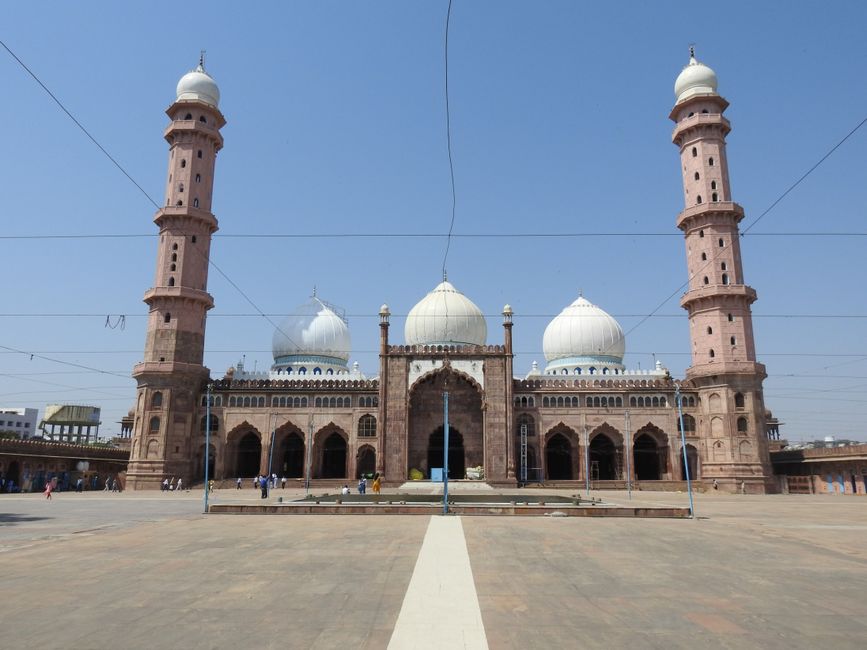
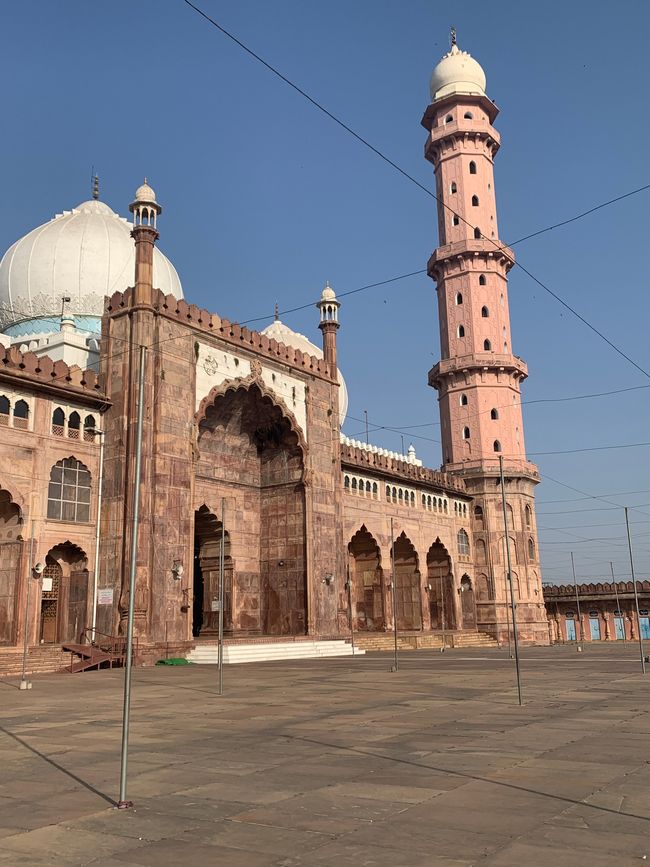
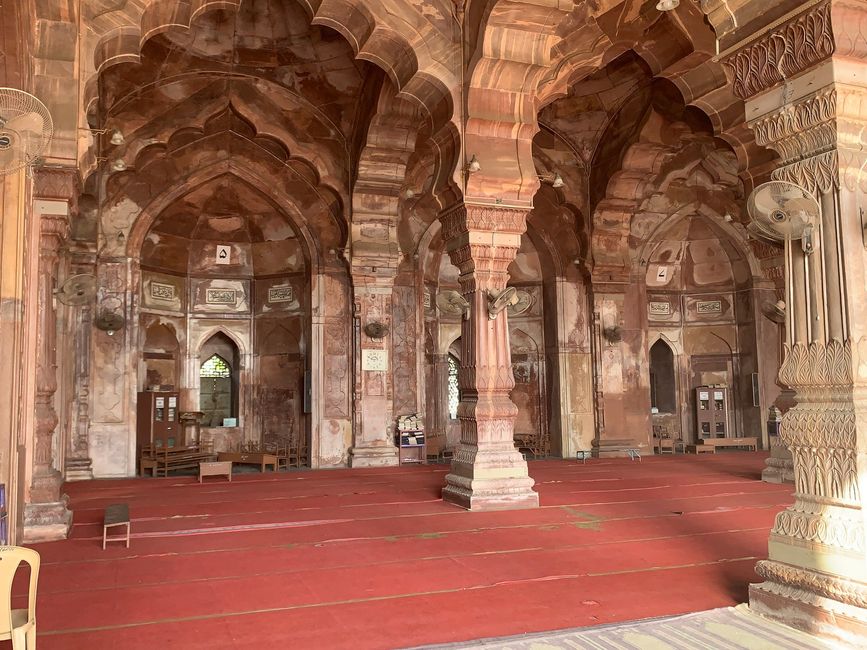
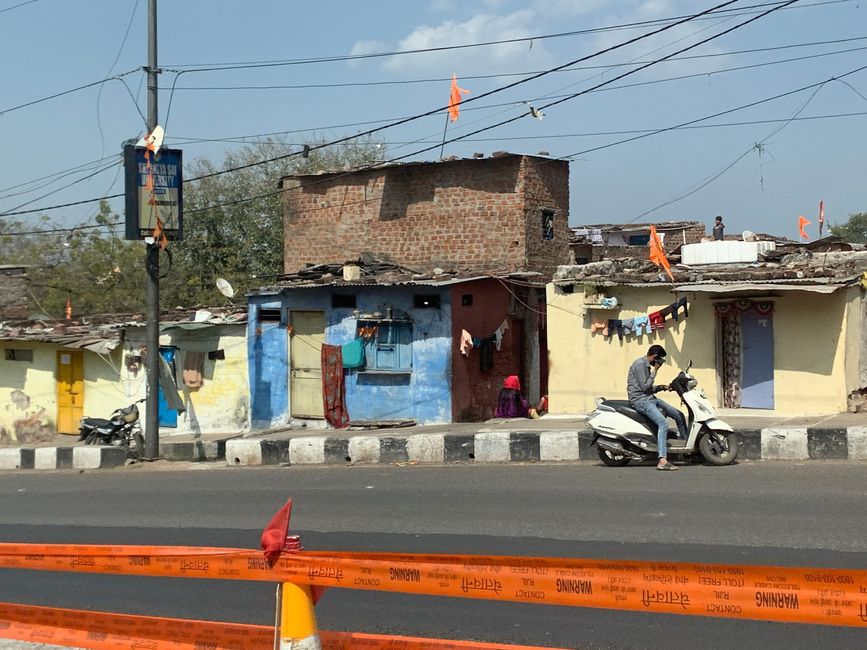

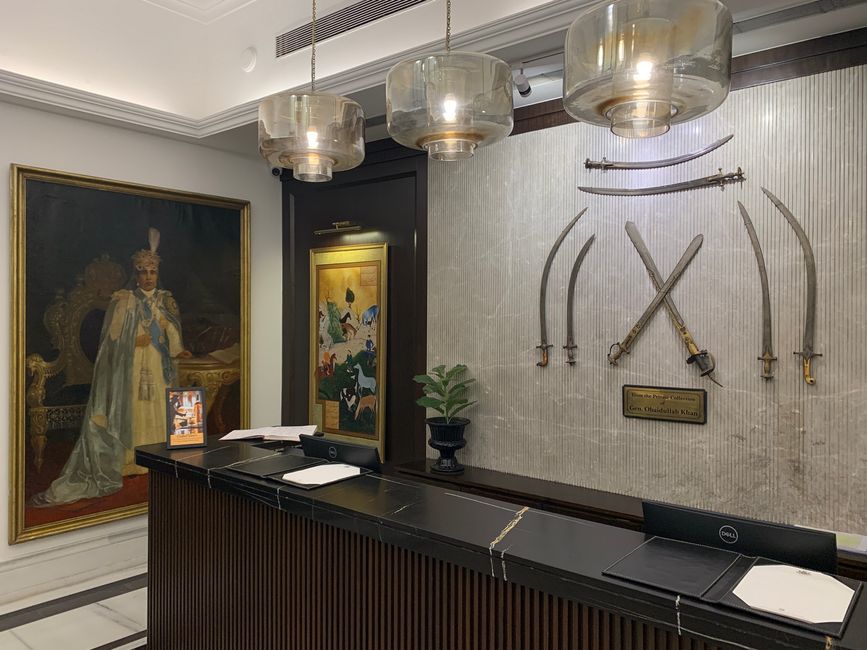
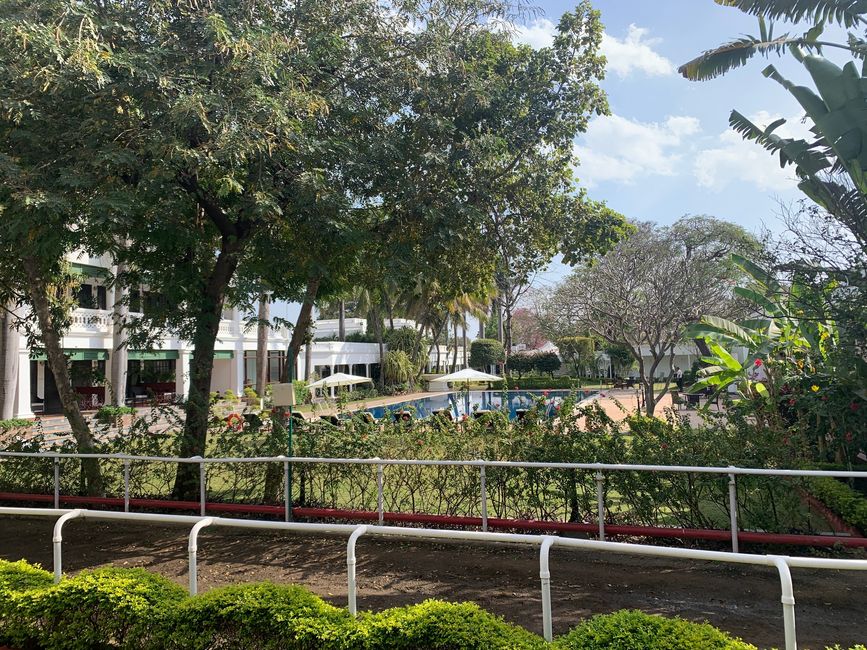

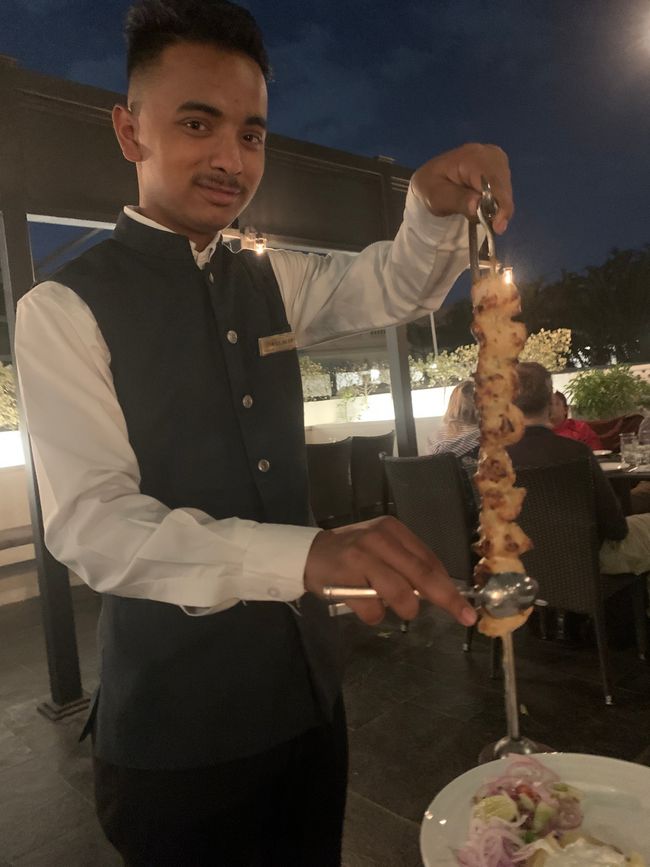

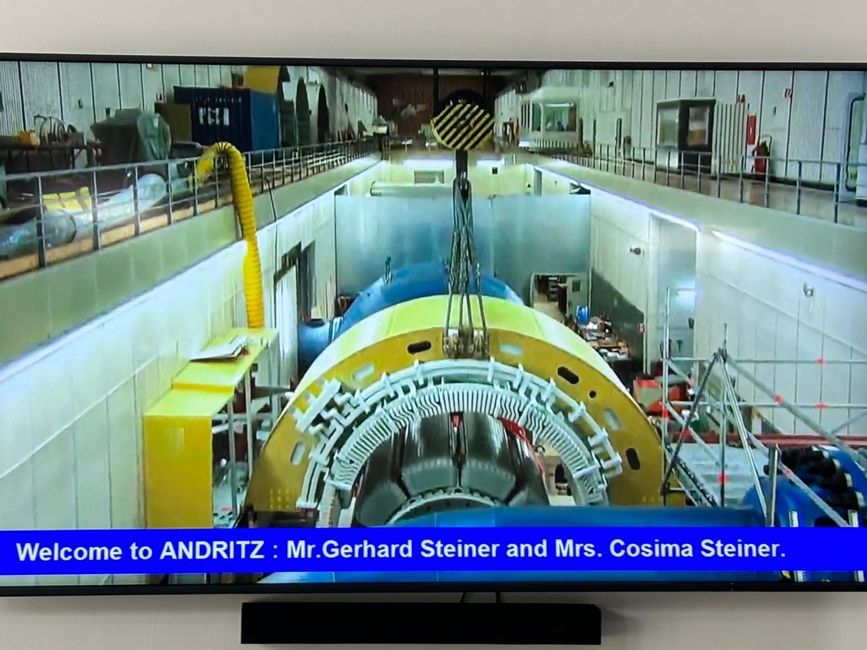
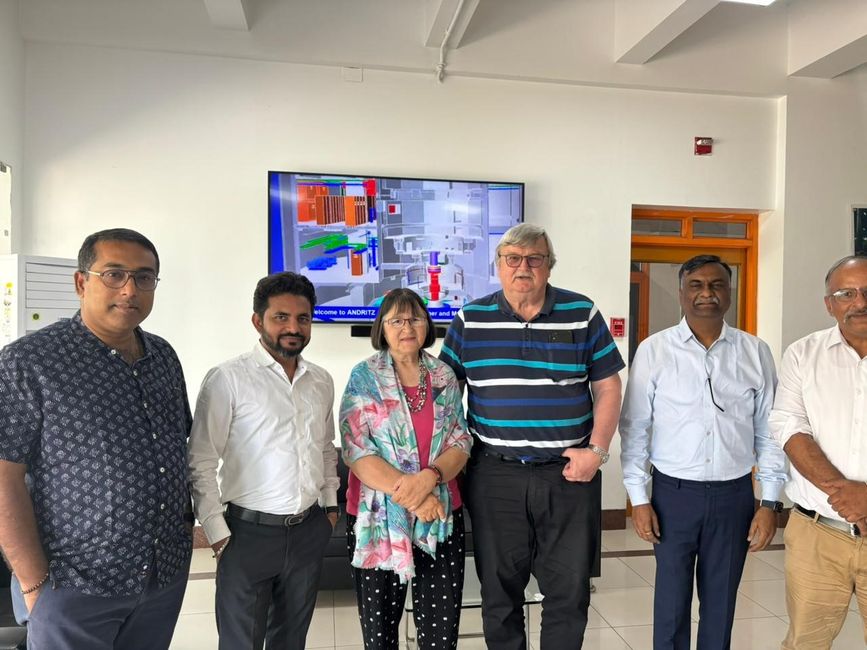
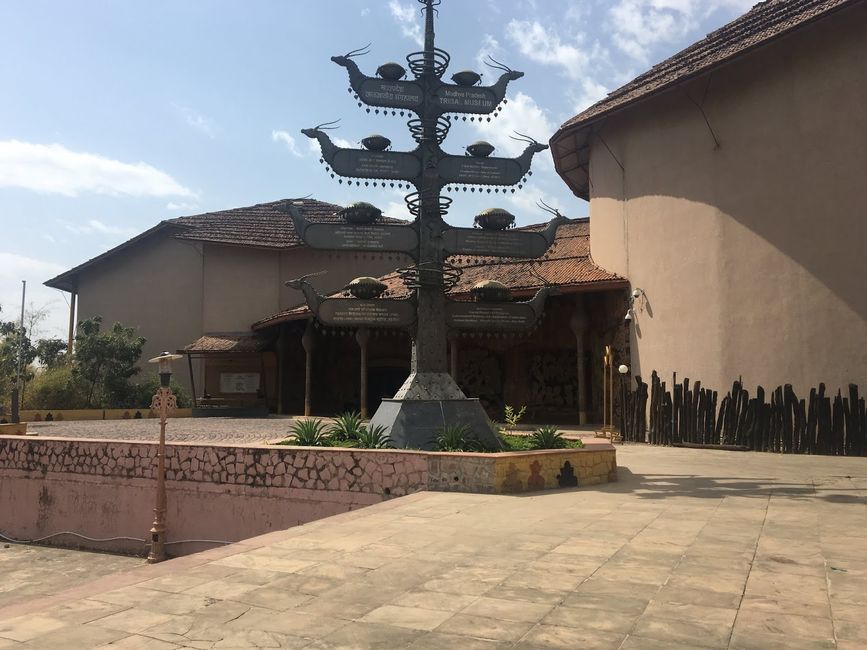
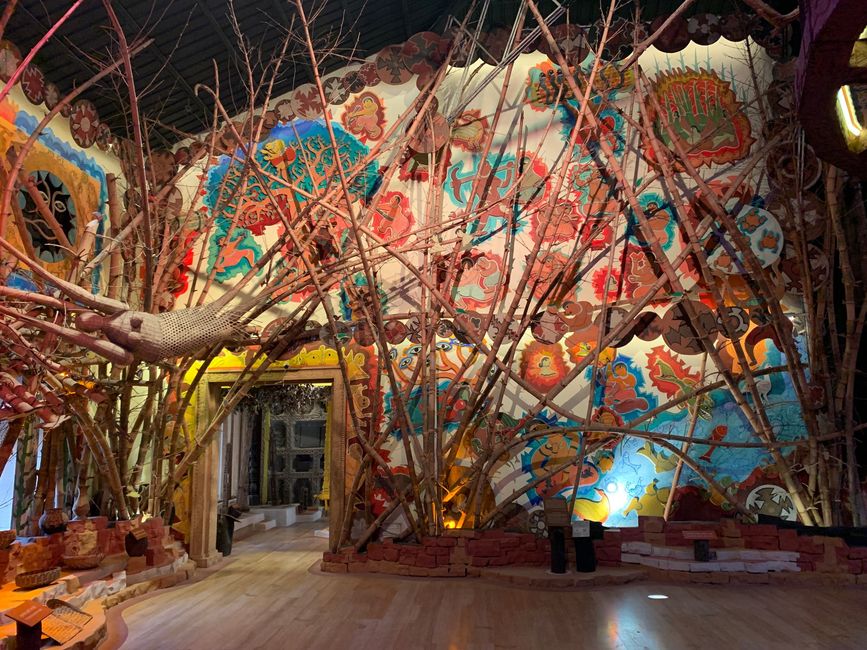
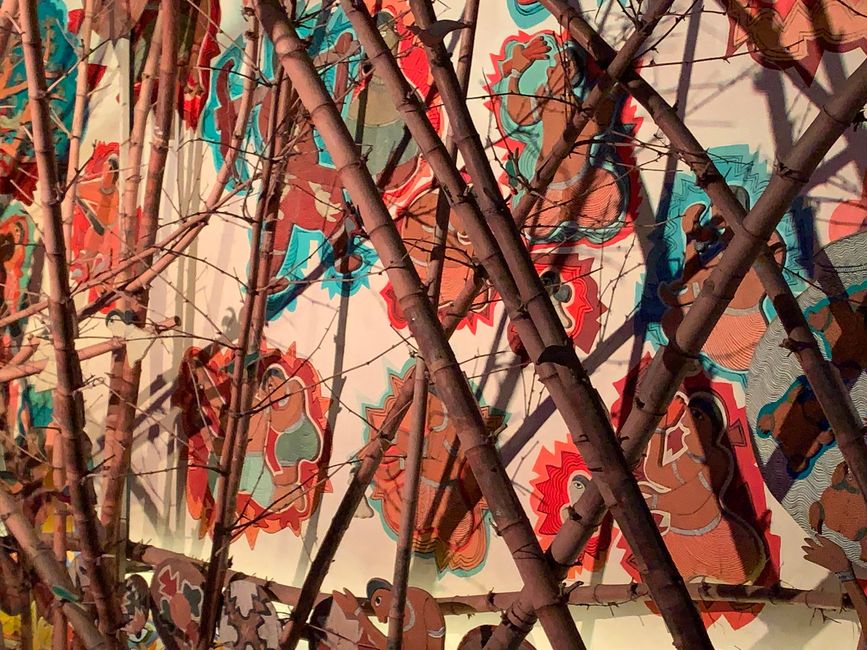
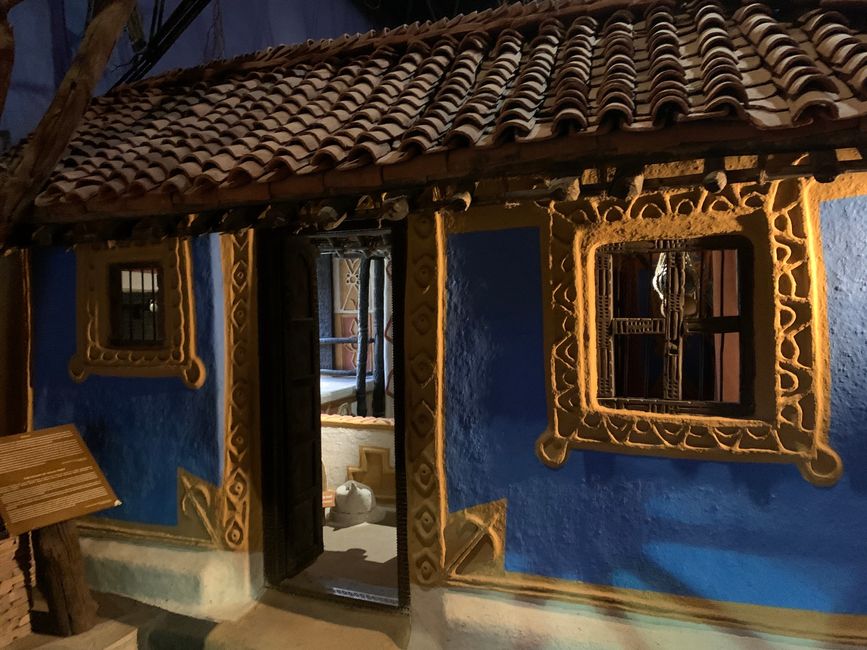

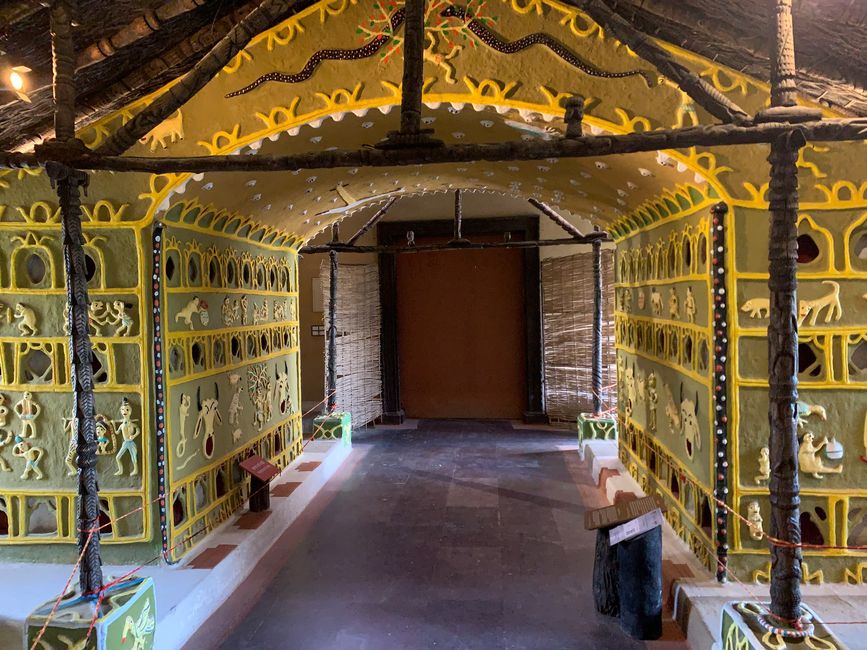
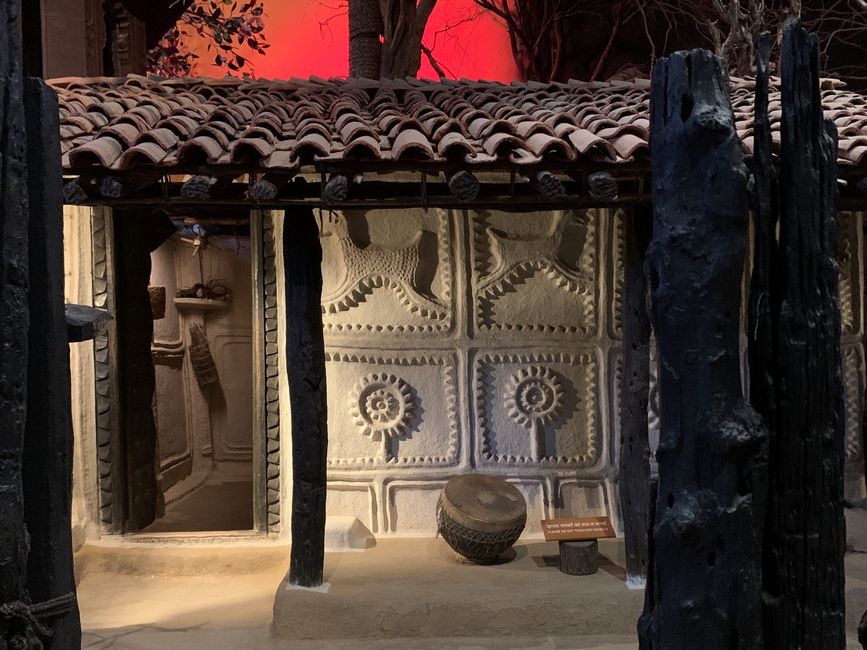
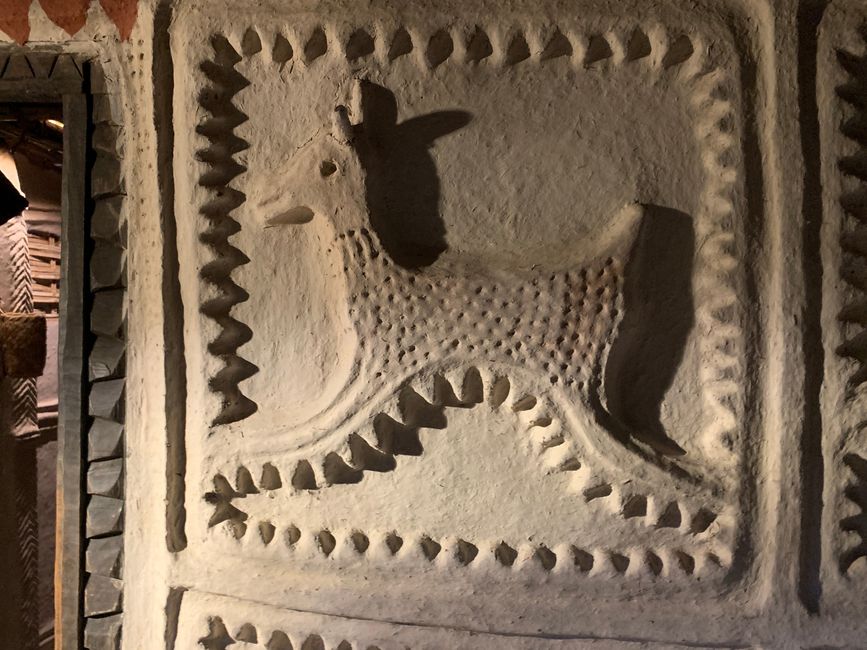


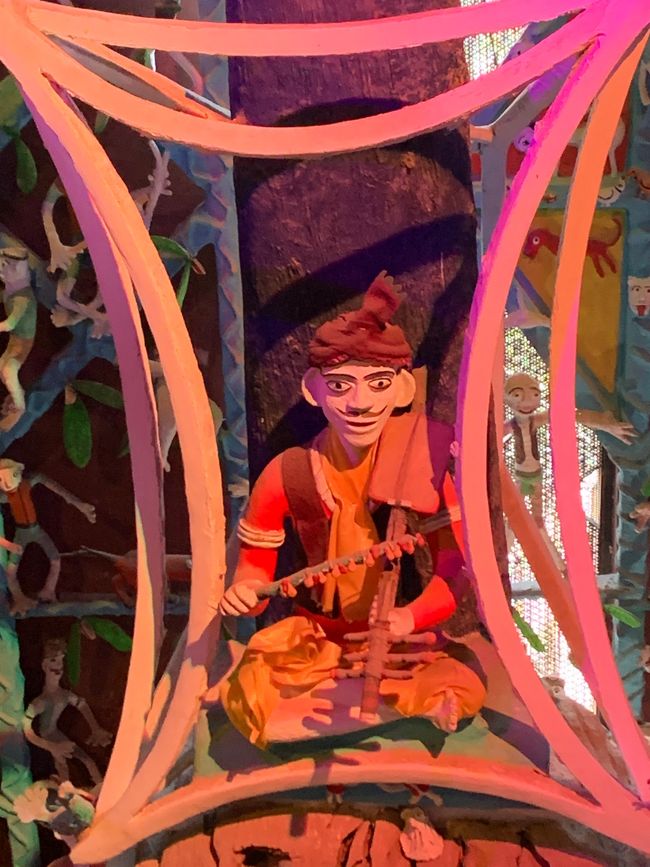

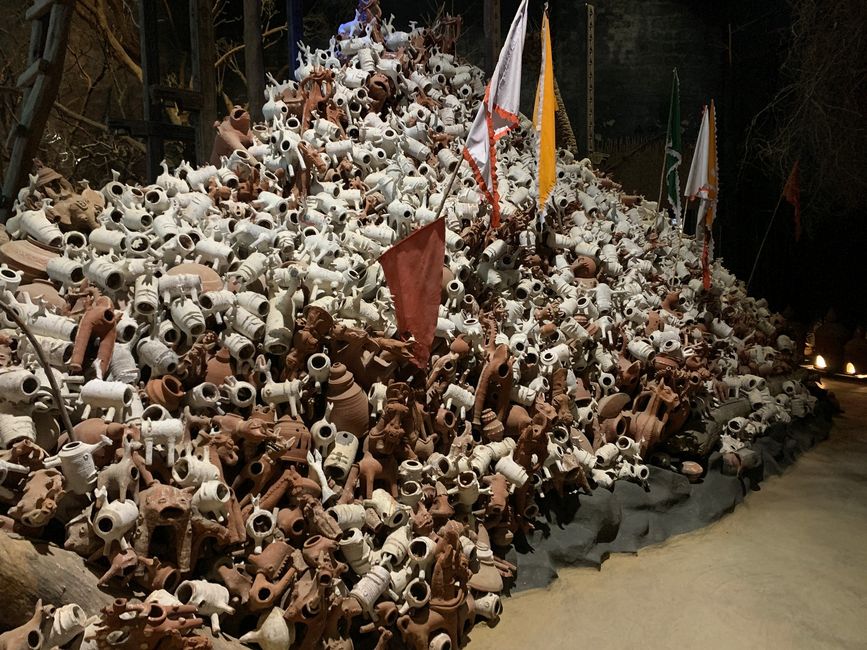

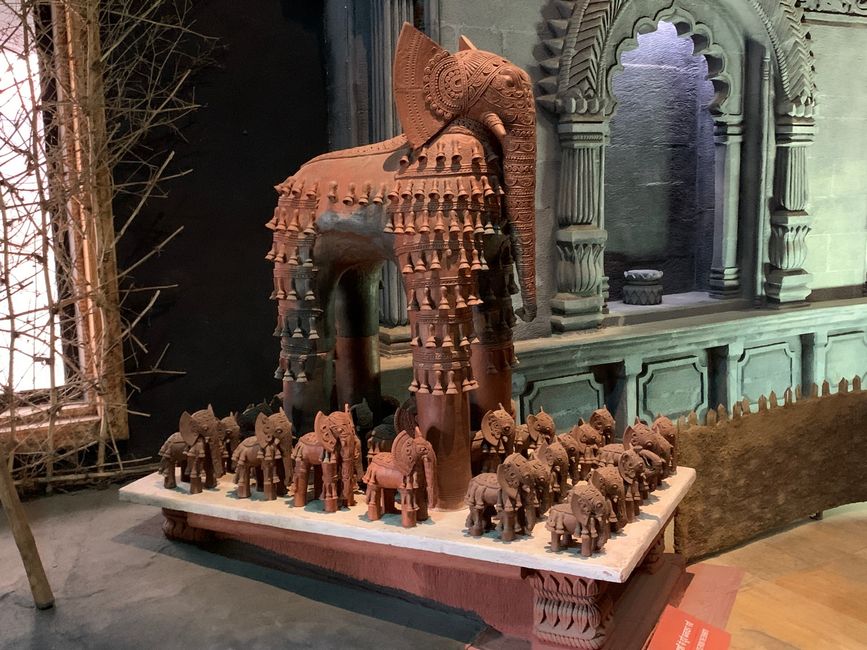
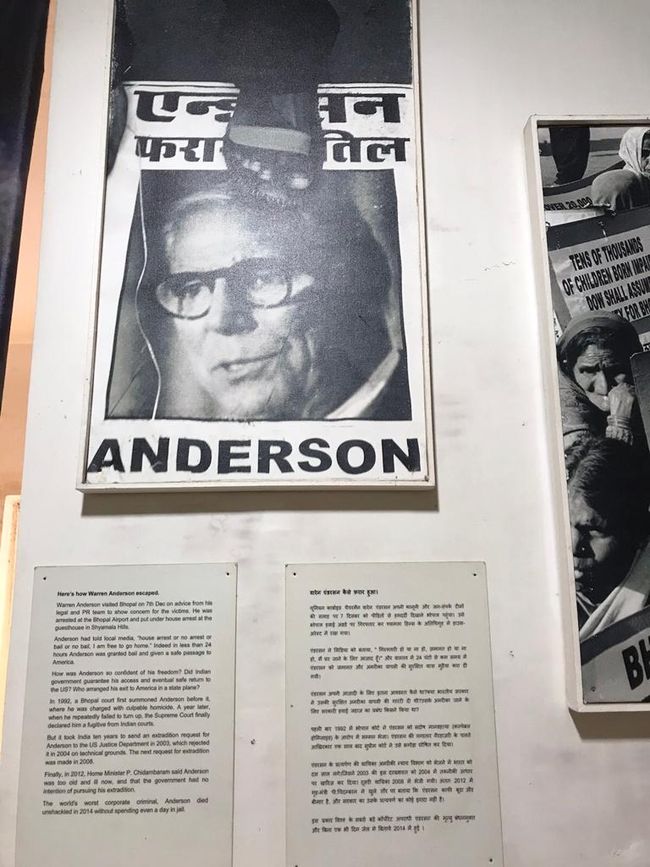
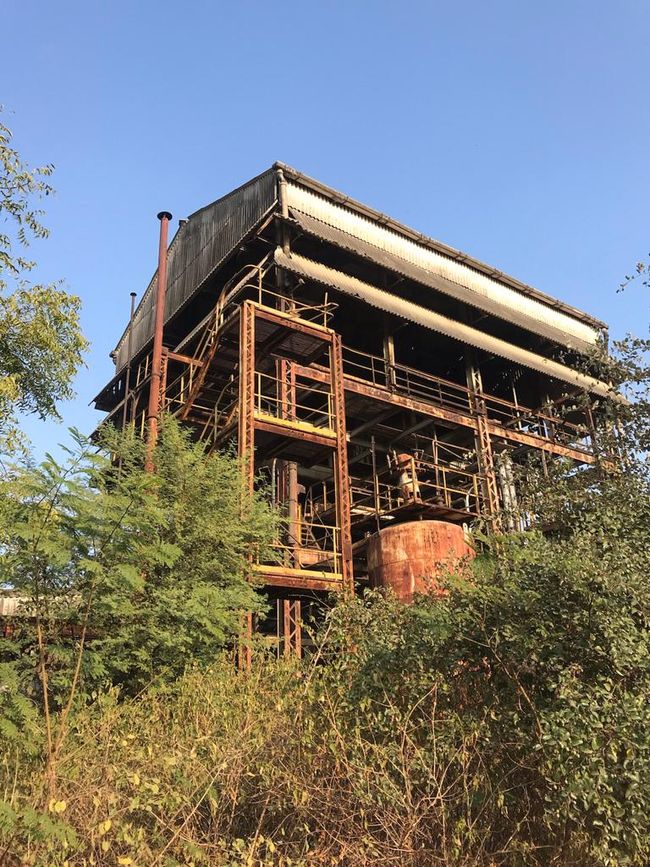
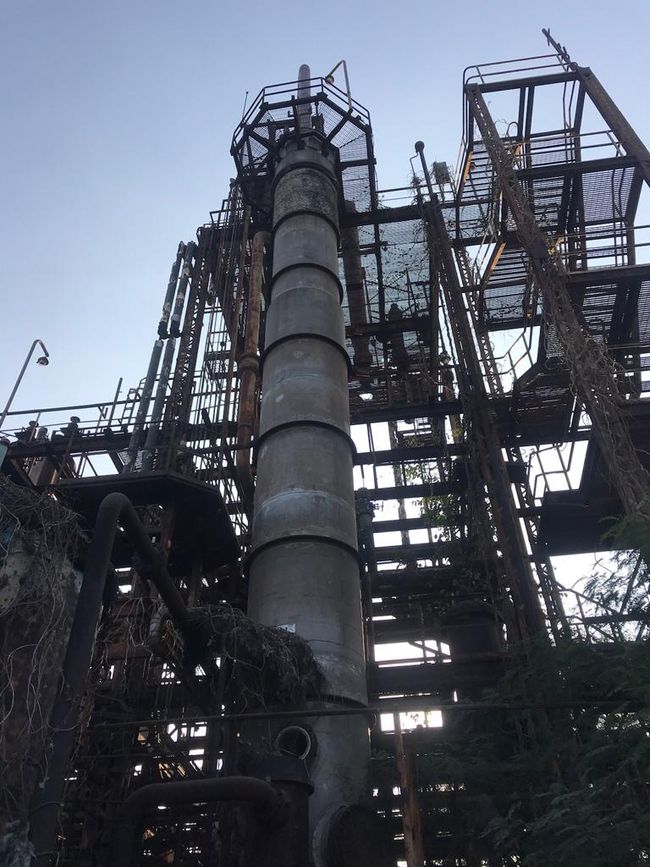
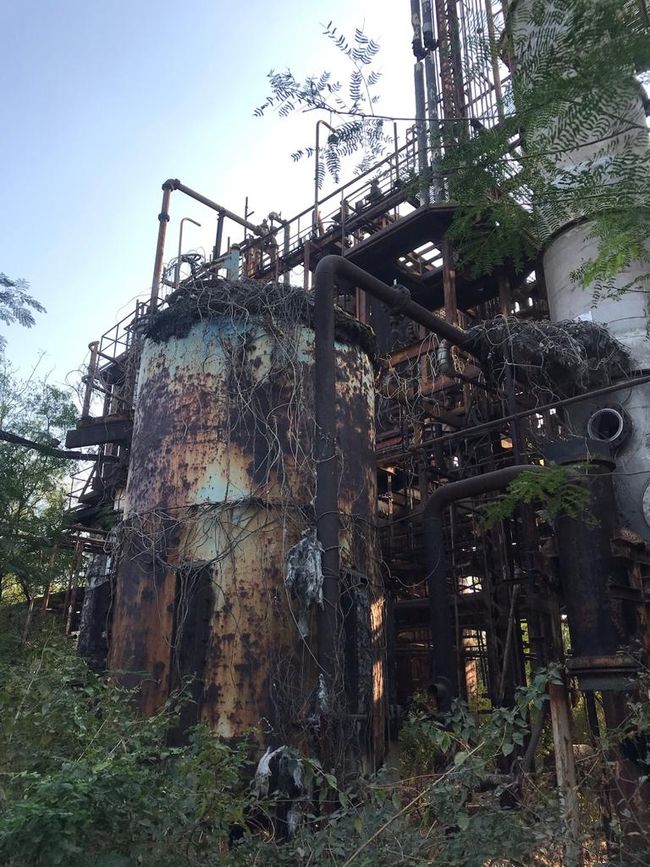
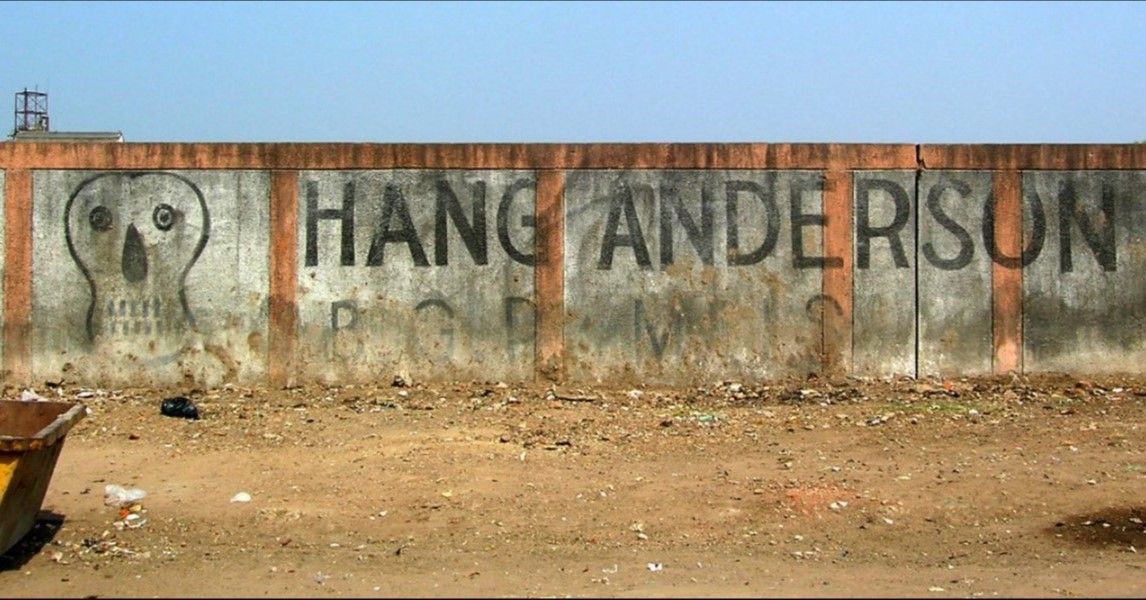
Newsletter abonnieren
Ein wesentliches Ziel auf unserer Rundreise durch Madhya Pradesh ist Bhopal – Gerhard’s Lieblingsstadt in Indien. Auf vielen Dienstreisen lernte er Bhopal als relativ ruhige indische „Kleinstadt“ (mit etwa 2 Millionen Einwohnern) kennen.
Die Stadt hat eine recht glorreiche Vergangenheit. Bhopal‘s Name geht auf das 11. Jahrhundert zurück, als Raja Bhoj Parmar, König von Dhar, seine neue Hauptstadt Bhojapal am Ufer des von ihm aufgestauten „Upper Lakes“ gründete. (Der See bildet auch heute noch das wichtigste Wasserreservoir der Stadt.) Ende des 17. Jahrhunderts eroberte Dost Muhammad Khan (1672–1740), ein ehemaliger General des Großmoguls Aurangzeb das Gebiet, um seinen eigenen Staat Bhopal zu errichten. Im Jahre 1723 wurde der Ort Bhopal zur Hauptstadt des Fürstenstaats erklärt und blieb es bis 1956. Die von Dost Muhammad Khan gegründete islamische Dynastie sollte zu einer der bedeutendsten Herrscherfamilien Zentralindiens werden. Von 1820 bis 1926 (Abdankung von Sultan Jahan Begum zugunsten ihres Sohnes) regierten in Bhopal ausschließlich Frauen (Begums). Nach der Unabhängigkeit Indiens 1947 wollten sich die Moguln von Bhopal dem islamischen Staat Pakistan anschließen, was aber aus geographischen Gründen (die pakistanische Grenze ist etwa 1000 km entfernt) zu einer kleinen Enklave innerhalb Indiens geführt hätte. Erst 1949 wurde Bhopal vom Indischen Zentralstaat übernommen. Der Großteil der Fürstenfamilie emigrierte nach West-Pakistan. Heute sind 70 % der Bewohner Bhopals Hindi, aber immer noch 26 % Moslems.
Die meisten historischen Bauten und Paläste in der Altstadt sind in einem eher schlechten Zustand, doch seit einigen Jahren unterstützt die indische Regierung die Restaurierung von einigen Gebäuden.
Der Bau der großen Moschee Taj-ul-Masajid wurde von Nawab Shah Jahan Begum um 1870 begonnen. Nachdem sie 1901 gestorben war, wurde die Moschee von ihrer Tochter Sultan Jahan Begum bis zu deren Tod 1930 weitergebaut. Die Moschee wurde aus Geldmangel nicht fertiggestellt und der Bau wurde erst 1971 durch Sponsoring von Qatar beendet. Das Taj-ul-Masajid ist weitgehend von der Mogul-Architektur inspiriert.
Auch Bhopal zeigt die oft extremen Gegensätze in Indien - das „Jehan Numa Palace Hotel“ – ist sicher eine der schönen Seiten . Der Jehan Numa Palace wurde ab 1890 von General Obaidullah Khan, dem Sohn der Herrscherin Nawab Sultan Jehan Begum errichtet. Seit 1983 ein wunderschönes Hotel im indo-britischen Kolonialstil. Man erwartet jeden Moment, dass King Charles um eine Ecke biegt.
Im früher noch stimmungsvolleren Restaurant „Under the Mango Tree“ gibt es zum Glück immer noch Gerhards indischen Favorit „Murgh Malai Tikka“ aus dem Tandoori.
Natürlich besuchen wir auch das große ANDRITZ Hydro Werk in Mandideep, einer Industriezone von Bhopal. Der Empfang durch die alten Kollegen ist sehr freundlich, bei einer kurzen aktuellen Präsentation der Einkaufsabteilung durch A.J. Nakhate ist Gerhard fast wieder in alte Zeiten versetzt. Auch die beiden Geschäftsführer Ravindra G. und P. Khurana nehmen sich Zeit für ein Gespräch mit uns.
Trotz oftmaliger Besuche in Bhopal haben wir erstmal dort das „Madhya Pradesh Tribal Museum“ besucht. Auch heute noch sind in M.P. 43 aktive Stämme offiziell anerkannt. Im Museum, das 2013 eröffnet wurde, wird vor allem Kultur, Kunst & Gebäude der 7 wichtigsten Stämme Gond, Bhil, Bharia, Sahariya, Korku, Kol und Baiga gezeigt. Absolut sehenswert!
In Europa ist Bhopal vor allem die Chemiekatastrophe von 1984 bekannt geworden – als im Werk von Union Carbide (UC) aus USA sich ein eigentlich gar nicht so dramatischer Störfall durch versuchte Vertuschung und totale Inkompetenz beim Betreiber und den Behörden zur gigantischen Katastrophe mit insgesamt wohl um die 20.000 Toten und Spätfolgen in der Bevölkerung bis heute ausgewachsen hat. Der damalige CEO von Union Carbide, Warren Anderson, dem die Mängel der Anlage in Bhopal bekannt waren, aber nichts dagegen 7unternommen hatte, hat sich ganz kurz nach dem Vorfall gegen eine lächerliche Kaution aus Indien absetzen können, und ist trotz diverser Auslieferungsbegehrens Indiens nie wieder dorthin zurückgekehrt. Er ist 2014 in Florida verstorben. Die verseuchten Anlagen, die UC dem indischen Staat „geschenkt“ hat, stehen bis heute in der Stadt und von den 690 Millionen US-$ Entschädigung von UC an Indien sind nur ganz wenige in Bhopal angekommen. Diese Fotos stammen nicht von uns – unser Guide hatte sie anlässlich eines natürlich illegalen Besuches des Geländes - der auf speziellen Wunsch eines US – Touristen erfolgte- geschossen.
--------------------------------------------------------------------------------------
A key destination on our tour through Madhya Pradesh is Bhopal – Gerhard’s favorite city in India. On many business trips he got to know Bhopal as a relatively quiet Indian “small town” (with around 2 million inhabitants).
The city has quite a glorious past. Bhopal's name dates back to the 11th century, when Raja Bhoj Parmar, King of Dhar, founded his new capital Bhojapal on the banks of the "Upper Lakes" he had dammed. (The lake remains the city's most important water reservoir today.) At the end of the 17th century, Dost Muhammad Khan (1672–1740), a former general of the Mughal emperor Aurangzeb, conquered the area to establish his own state of Bhopal. In 1723, Bhopal was declared the capital of the princely state and remained so until 1956. The Islamic dynasty founded by Dost Muhammad Khan was to become one of the most important ruling families in central India. From 1820 to 1926 (abdication of Sultan Jahan Begum in favor of her son), only women (begums) ruled Bhopal. After India's independence in 1947, the Mughals of Bhopal wanted to join the Islamic state of Pakistan, but for geographical reasons (the Pakistani border is about 1000 km away) this would have led to a small enclave within India. It was not until 1949 that Bhopal was taken over by the Indian central state. The majority of the princely family emigrated to West Pakistan. Today, 70% of Bhopal's residents are Hindi, but still 26% are Muslim.
Most of the historic buildings and palaces in the old town are in rather poor condition, but in recent years the Indian government has been supporting the restoration of some buildings.
The construction of the grand mosque Taj-ul-Masajid was started by Nawab Shah Jahan Begum around 1870. After she died in 1901, the mosque was continued to be built by her daughter Sultan Jahan Begum until her death in 1930. The mosque was not completed due to lack of funds and construction was only finished in 1971 through sponsorship from Qatar. The Taj-ul-Masajid is largely inspired by Mughal architecture.
Bhopal also shows the often extreme contrasts in India - the “Jehan Numa Palace Hotel” is certainly one of the beautiful sides. The Jehan Numa Palace was built in 1890 by General Obaidullah Khan, the son of the ruler Nawab Sultan Jehan Begum. A beautiful Indo-British colonial style hotel since 1983. You expect King Charles to turn around a corner at any moment.
Fortunately, Gerhard’s Indian favorite dish “Murgh Malai Tikka” from the tandoori is still served in the previously even more atmospheric restaurant “Under the Mango Tree”.
Of course, we also visit the large ANDRITZ Hydro plant in Mandideep, an industrial zone in Bhopal. The welcome from the old colleagues is very friendly, with a short actual presentation of the purchasing department by A.J. Nakhate, Gerhard is almost brought back to “good old times”. Even the two managing directors Ravindra G. and P. Khurana take their time to meet us.
Despite frequent visits to Bhopal in the past, we visit the “Madhya Pradesh Tribal Museum” there first time. Even today in M.P. 43 active tribes are officially recognized. The museum, which opened in 2013, mainly shows culture, art and buildings from the 7 most important tribes: Gond, Bhil, Bharia, Sahariya, Korku, Kol and Baiga. Absolutely worth visiting!
In Europe, Bhopal is infamous known for the chemical disaster of 1984 - when an incident at the Union Carbide (UC – an US company) plant, which was actually not that dramatic, turned into a gigantic catastrophe due to ignorance, neglectance and total incompetence of operation staff and the authorities which has resulted in 20,000 deaths and long-term consequences in the population until to date. The then CEO of Union Carbide, Warren Anderson, who was aware of the deficiencies in the Bhopal plant but had done nothing about it, was able to flee India very shortly after the incident on a ridiculous small bail and, despite various extradition requests from India, has never returned there. He died in Florida in 2014. The contaminated facilities that UC “gifted” to the Indian state are still in the city today and of the $690 million in compensation from UC to India, very little reached Bhopal.
These photos are not ours - our guide had taken them during a naturally illegal visit to the site - which he did at the special request of an US tourist.
Newsletter abonnieren
Antworten
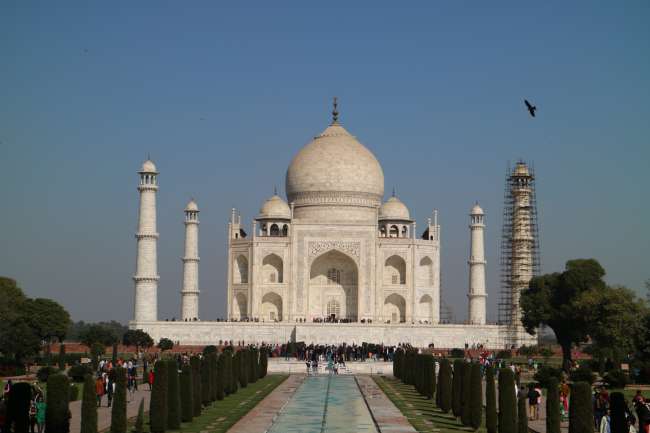
Reiseberichte Indien
